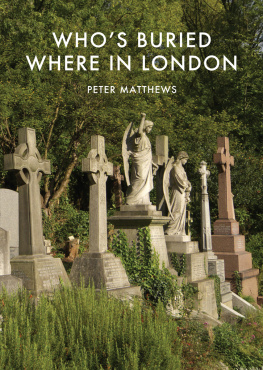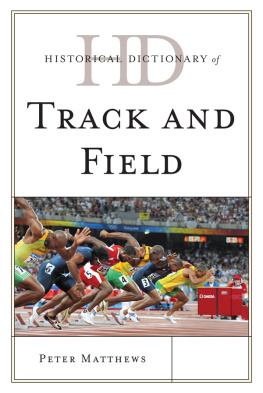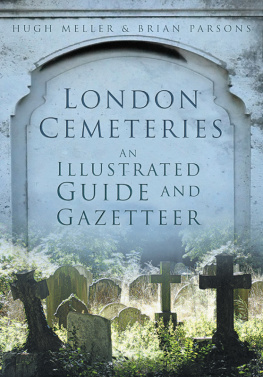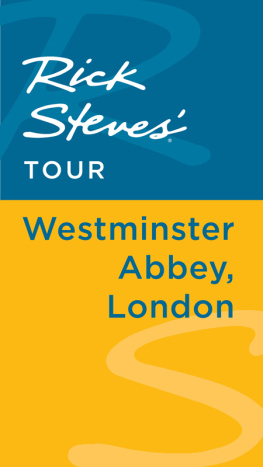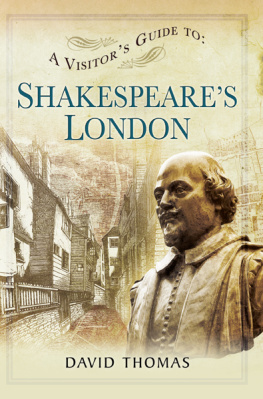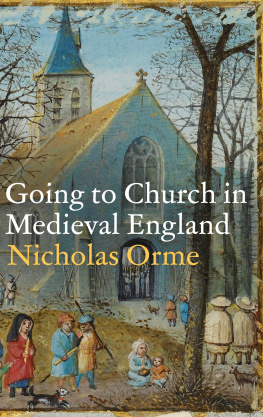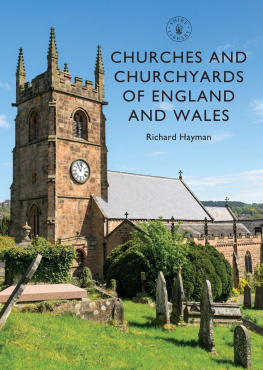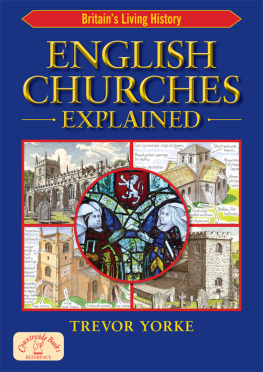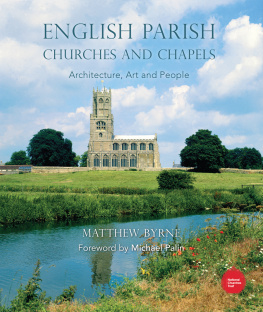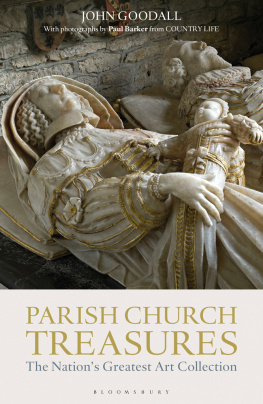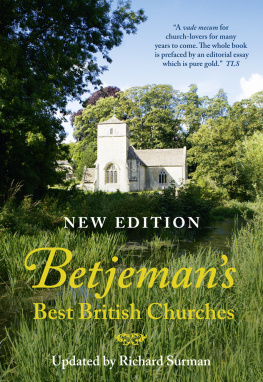
Published in Great Britain in 2017 by Bloomsbury Shire (part of Bloomsbury Publishing Plc), PO Box 883, Oxford, OX1 9PL, UK.
1385 Broadway, 5th Floor New York, NY 10018, USA.
E-mail:
This electronic edition published in 2016 by Bloomsbury Publishing Plc
Bloomsbury Shire is a trademark of Bloomsbury Publishing Plc.
2017 Peter Matthews.
All rights reserved
You may not copy, distribute, transmit, reproduce or otherwise make available this publication (or any part of it) in any form, or by any means (including without limitation electronic, digital, optical, mechanical, photocopying, printing, recording or otherwise), without the prior written permission of the publisher. Any person who does any unauthorised act in relation to this publication may be liable to criminal prosecution and civil claims for damages.
Every attempt has been made by the Publishers to secure the appropriate permissions for materials reproduced in this book. If there has been any oversight we will be happy to rectify the situation and a written submission should be made to the Publishers.
A CIP catalogue record for this book is available from the British Library.
Shire Library no. 770.
ISBN: 978-0-7478-1296-8 (PB)
ISBN: 978-1-7844-2201-1 (eBook)
ISBN: 978-1-7844-2202-8 (ePDF)
Peter Matthews has asserted his right under the Copyright, Designs and Patents Act, 1988, to be identified as the author of this book.
COVER IMAGE
A picturesque row of graves at Highgate Cemetery (Alamy).
TITLE PAGE IMAGE
A general view of Kensal Green Cemetery, illustrating the great variety of tomb types and designs.
ACKNOWLEDGEMENTS
All images are the authors own photographs except for the following:
Alamy, cover image; Martin Colloms, .
I would also like to thank Fr Paul Reece, rector of St Lawrence, Little Stanmore, for permission to publish my photograph of the Chandos mausoleum .
Shire Publications is supporting the Woodland Trust, the UKs leading woodland conservation charity, by funding the dedication of trees.
CONTENTS
INTRODUCTION
Many important people have been buried in London, in its churches, graveyards and cemeteries. This book is a detailed guide to the last resting places of famous people, individuals who deserve to be better known, as well as a few eccentrics and some infamous criminals. The book comprises over 1,000 people, and I have tried to include a wide range of people who were important in their chosen profession, including soldiers, scientists, writers, actors, artists, sculptors, architects, sportsmen and engineers. I have tried to include as many people as possible, especially those who have left a legacy in London, whether it be buildings or bridges they built, institutions they founded, or collections they bequeathed to Londons museums. When I began my research I already had an idea about many of the people I would feature, but I soon found many lesser-known individuals who deserved to be included, and I hope you will enjoy making their acquaintance as much as I did. I have concentrated on the people, not the monuments, so the book doesnt always include the most impressive tombs (though you will pass many of those when you walk round any of the cemeteries). It will become clear very quickly that some of the most important people have quite modest memorials. I am sure I will be criticised for the people I have featured as well as for those I have left out, but I make no apologies, as this is my own personal selection.
As well as cemeteries, I have included parish churches and their graveyards, as well as St Pauls Cathedral and Westminster Abbey. I have spent over three years researching the book, and have walked round all the cemeteries and almost all the churches. I have not just listed the people buried in each location, but tell you where to find their graves. The only exceptions are a few of the central churches, where the graveyards and vaults have been cleared, and often there are no memorials; in these instances, even if there is nothing to see, I list the important people who were buried there.
There is a growing interest in visiting cemeteries, something the Victorians would recognise, as their cemeteries were designed and landscaped to be visited, not only by bereaved families, but also by the general public. The major cemeteries are full of interesting architecture, and contain a variety of different types of tomb, covered in a fascinating range of Victorian symbolism. They are an open-air sculpture gallery, offering the work of some of our finest sculptors. Most cemeteries are also now important wildlife sites, with a great variety of flora and fauna, and many are maintained so as to allow birds, butterflies and mammals to thrive.

Some impressive tombs in West Norwood Cemetery.
Cemeteries are usually open daily, but their visiting hours change throughout the year. Details can be checked on their websites, where you can also learn about tours and events. Please note that the Jewish cemeteries are closed on Saturdays, and also close early on Fridays; they also do not usually allow photography. Some churches are open for limited hours, and in many cases their opening hours, or a telephone number, can be found online, so you should check before travelling to avoid disappointment. In researching this book I have received a lot of help from the staff of churches and cemeteries, to whom I am hugely grateful. In particular I would like to thank Henry Vivian-Neal at Kensal Green Cemetery, Robert Stephenson at Brompton Cemetery, Colin Fenn at West Norwood Cemetery, Ian Dungavell at Highgate Cemetery, Eric Willis at Golders Green Crematorium, Ed Holmes at St Pauls Cathedral and Tony Trowles at Westminster Abbey.
Books I have consulted are listed in Further Reading. In addition I have made regular use of the online Oxford Dictionary of National Biography, as well as the Find a Grave website which, though very useful, is not always reliable.
A BRIEF HISTORY OF BURIAL IN LONDON
The Romans did not allow burials in their cities, so the dead were buried in cemeteries located outside the city boundaries. From the Middle Ages, Londoners were buried in their parish church, the wealthy in the vaults and the others in the graveyard. The Romans had often cremated their dead, but this was no longer allowed, as for Christians the body had to remain whole to be resurrected. After the Reformation, dissenters opened up their own unconsecrated burial grounds, such as Bunhill Fields. As time went on the graveyards and vaults of the citys churches became full to overflowing, and by the nineteenth century they were becoming a serious health risk. They were also a target for the body-snatchers, who supplied fresh bodies to the hospitals for dissection. During the 1830s, while the government discussed what could be done to improve the situation, a number of private cemeteries were developed in Londons countryside, offering more salubrious surroundings, beautiful landscaping, and high walls to deter the resurrection men. The first was Kensal Green, which opened in 1833, and was soon followed by others, usually referred to as the Magnificent Seven; West Norwood opened in 1837, Highgate in 1839, Abney Park, Brompton and Nunhead in 1840, and Tower Hamlets in 1841. After much discussion and procrastination, and many reports of the scandalous treatment of the dead, in 1852 the government finally banned burials in central London, and the parishes began to create their own cemeteries further out, such as St Marylebone Cemetery in Finchley.

